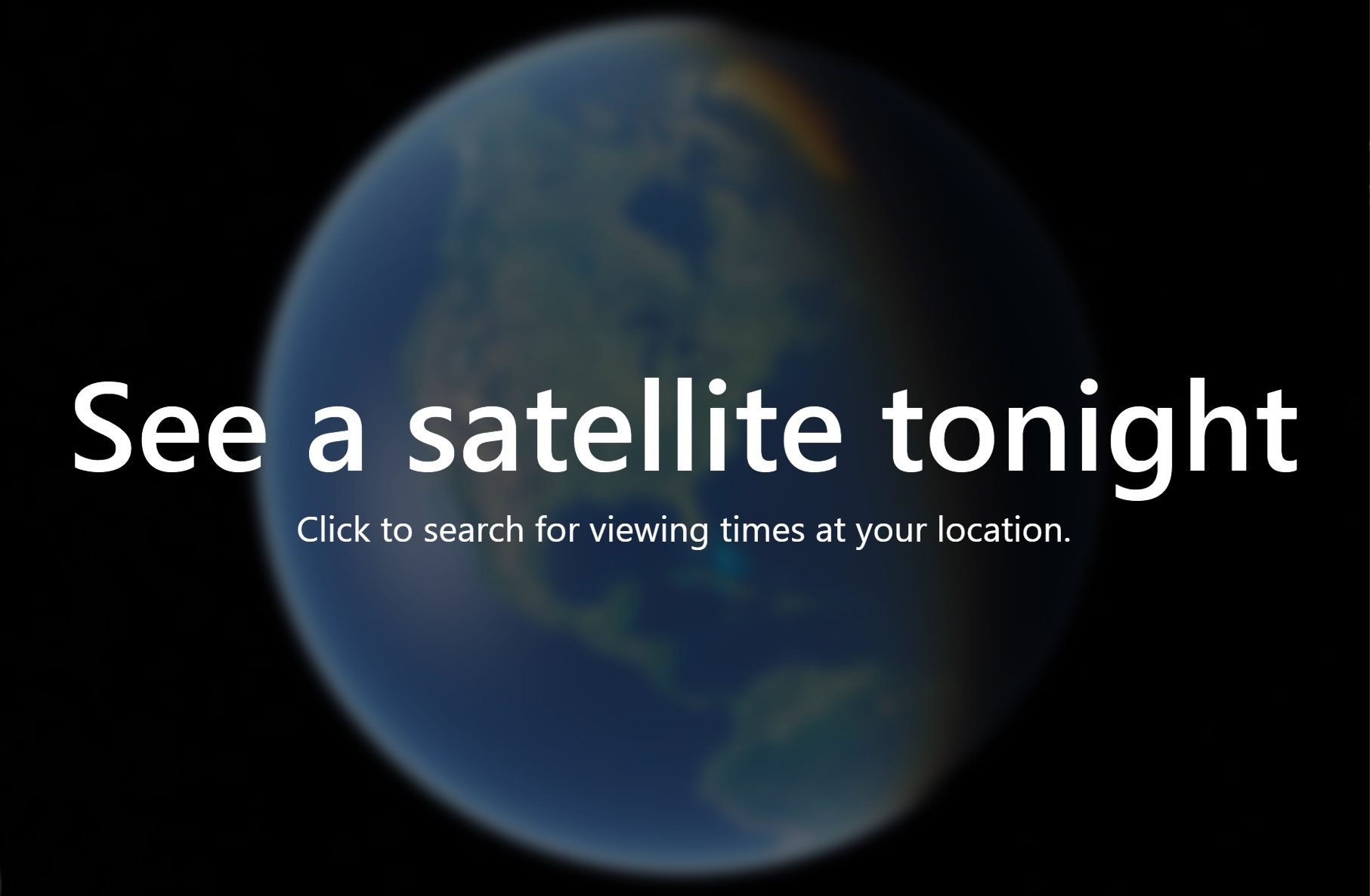Sailorsaint
Guest
- Joined
- Mar 8, 2005
- Messages
- 12,864
- Reaction score
- 22,724
Offline
I've been thinking of getting back into (very) amateur astronomy. I want to save up a bit and get something I can take photos with. I haven't really done anything since the Navy, it was nice out in the middle of the ocean, but I only had the big eyes and they don't give you much.



